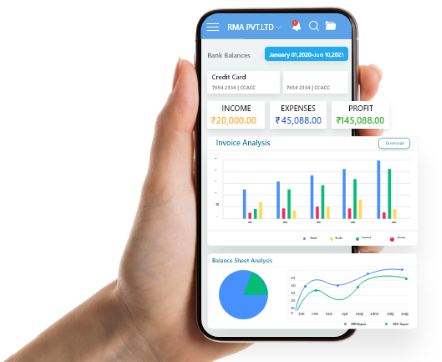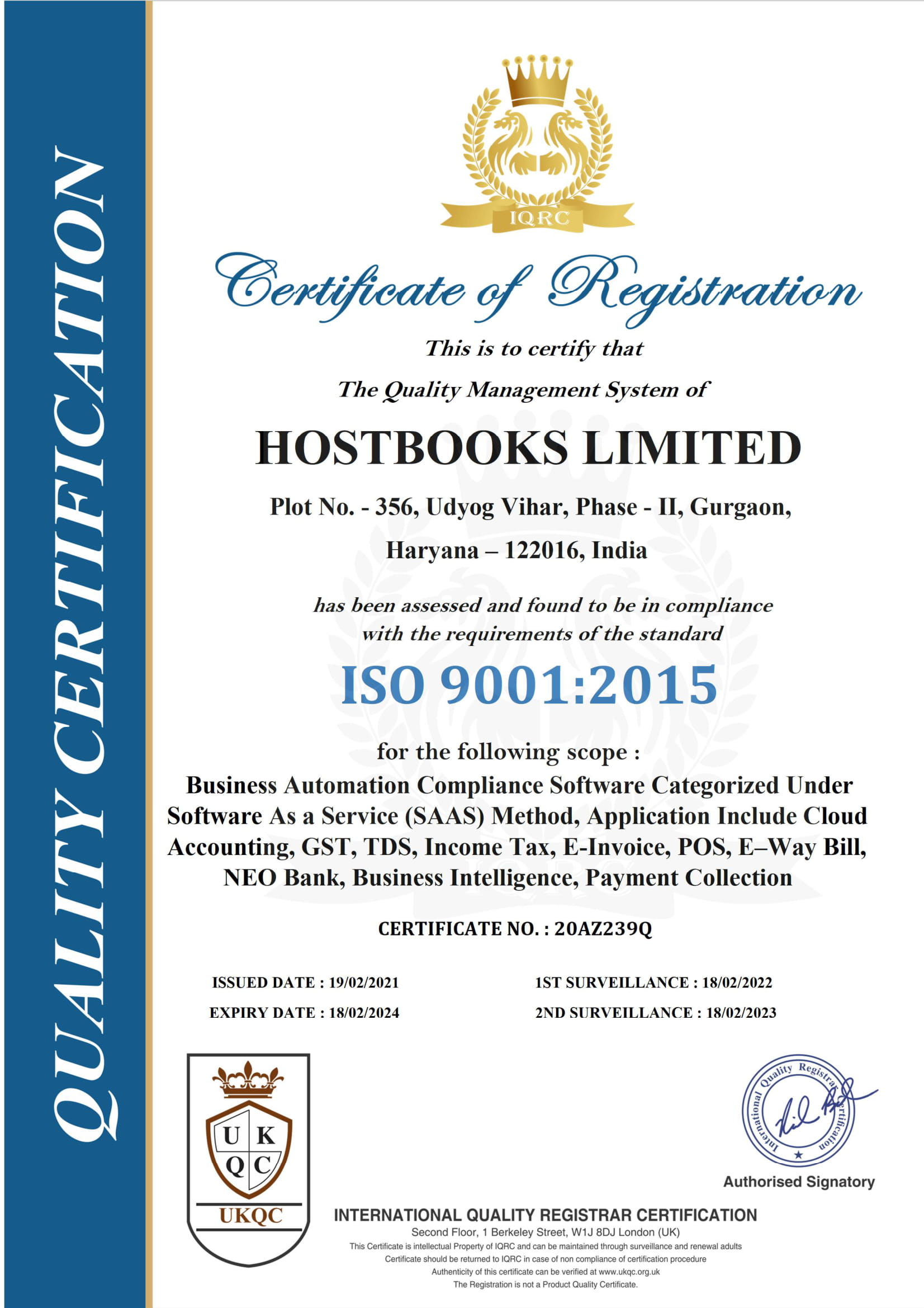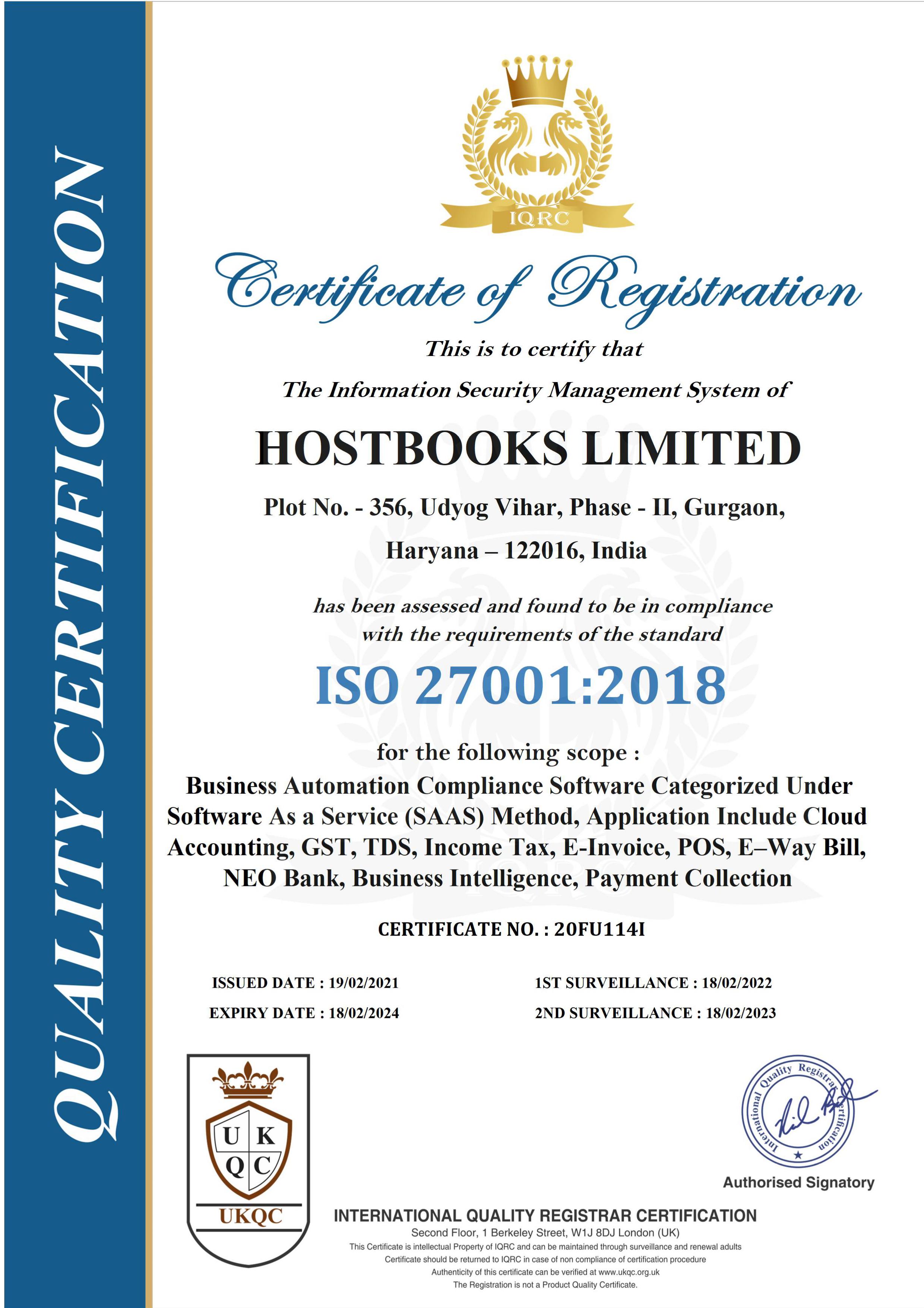GST FAQ's
FAQ's
GSTR-1 is a monthly return of sales or outward supplies. Who is supposed to file GSTR-1? Every business that is registered under Goods and Services Tax must file GSTR-1. By filing this return, every tax payer makes a declaration of all the sales transactions made by him in the given period.
It is an amendment form used to correct the GSTR-1 for any mismatches between the GSTR-1 of a taxpayer and the GSTR-2 of his customers. This can be filed between 15th and 17th of the following month.
GSTR-2 is a monthly return of purchases or inward supplies.
Who is supposed to file GSTR-2?
Every registered person must file GSTR-2 except for the following:
- Input Service Distributor
- Non-residential taxable person
- Person required to deduct the TDS or e-commerce operator system
GSTR-2A includes mismatches in GSTR-1 and GSTR-2. It is not used for filing purpose as it involves reconciliation of mismatches.
The reasons for a mismatch can be:
- Wrong GSTIN of the user or the counter-party
- Wrong invoice date or invoice no.
- Wrong tax value
GSTR-3 is a monthly GST return that is divided into the following parts:
- Part-A
- It contains the information that is furnished through returns in forms GSTR-1 and GSTR-2, based on other liabilities of previous tax periods. Part-A is generated electronically.
- Part-B
It contains the tax liability, interest, penalty and refund claimed from cash ledger. Also, it is auto-populated. The tax liability is calculated based on GSTR-1 and after making adjustments for Input Tax Credit claimed in GSTR-2.
Who is supposed to file GSTR-3?
Every registered person must file GSTR-2 except for the following:
- Input Service Distributor
- Non-residential taxable person
- Person required to deduct the TDS or e-commerce operator system
| Type of Return | Due Date | Who needs to file it? |
| GSTR-1 | 10th of every month | Every registered person |
| GSTR-2 | 15th of every month | Every registered person |
| GSTR-3 | 20th of every month | Every registered person |
| GSTR-4 | 10th of April, July October and January | Persons registered under composition scheme |
| GSTR-5 | 20th of every month & within 7 days after expiry of registration | Non-Resident taxable person |
| GSTR-6 | 13th of every month | Input Service Distributors |
| GSTR-7 | 10th of every month | Authorities deducting TDS |
| GSTR-8 | 10th of every month | E-commerce operators |
| GSTR-9 | 31st December of next financial year | Registered persons |
| GSTR-10 | Within 3 months of cancellation of GST registration | Registered persons with cancelled GST registration |
- A penalty of Rs.100 per day is applicable for late filing of GST return. The penalty would be payable for the period in which the taxpayer failed to furnish the return. The maximum penalty is 5000.
- In case, a taxpayer fails to file GST returnfor any month, then the GST return for the next month cannot be filed by him.
- Further, if a taxpayer fails to file GSTR-2 return on the 15th, then the taxpayer would not be able to file GSTR-3 return on the 20th.
- The latefiling of GST return results in a cascading effect that leads to heavy fines and penalty.
The GST Composition scheme is an easy and convenient tax scheme for small and medium enterprises. Under this scheme, firms can pay a fixed percentage of their turnover as tax. They need to fill only reduced number of returns compared to normal tax payers under GST. The floor rate of tax for CGST and SGST shall not be less than 1%. The turnover of an enterprise should be below Rs. 75 lakhs and in case of north-eastern states it should be Rs. 50 lakhs.
Who can avail composition scheme?
A dealer who:
- Deals only in the intra-state supply of goods or service of only restaurant sector.
- Does not supplynon-taxable goods.
- Paystax at normal rates in case he is liable under reverse charge
- Is not an e-commerce operator.
- Is not a manufacturer of ice cream, pan masala or tobacco (and its substitutes).
These codes are allotted to all the goods or services in supply. HSN means “Harmonized System of Nomenclature”, a universally accepted 6-digit uniform code for goods and has been developed by World Customs Organization (WCO).
SAC code is meant for services. In India, we use 8-digit HSN and SAC codes, where the first 2 digits of the code stand for the chapter where the good or service is listed in the Code List. Next 2 digit are the Chapter, followed by 2 digits for the product. Last 2 digits are classification of the product. HB-GST has inbuilt HSN and SAC codes.
The offline utility of HB-GST helps you create your invoices in the offline mode as per your convenience. In case the user is facing certain internet connectivity issues, then he may switch over to the offline mode.














